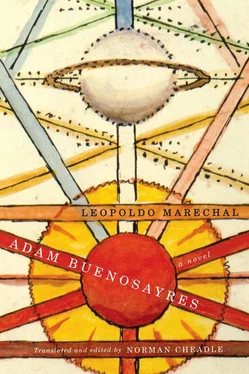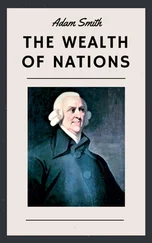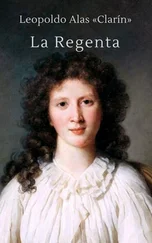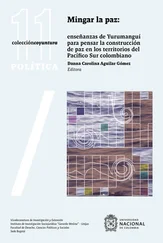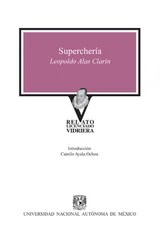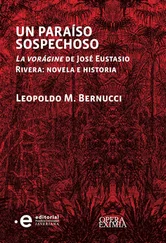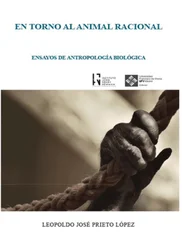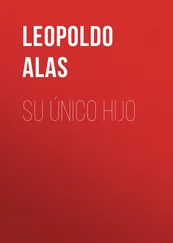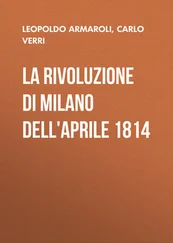16 “¡Ven, triste amigo! / En la penumbra del invernadero, / junto a las rosas fraternales.” I have not been able to locate the source of these verses, but they appear to refer to Book Six, chapter XII.
17 In the original: “para que le hiciese compañía”; in Toulat’s French translation: “pour lui tenir compagnie.” To keep whom (or what) company? The poetic phantom? I suspect a typographical error: le should be the reflexive pronoun se : “para que se hiciese compañía.”
18 This group of three verses, as well as the next two tercets, are quoted almost verbatim from Marechal’s poem “Canción del ídolo” from his book Días como flechas (1926) ( OC I, 92). First tercet: “Yo, alfarero sentado en el tapiz de los días, / ¿con qué barro modelé tu garganta de ídolo / y tus piernas que se tuercen como arroyos?” Second tercet: “Mi pulgar afinó tu vientre / más liso que la piel de los tambores nupciales, / y puso cuerdas al arco nuevo de tu sonrisa.” Third tercet: “Haz que maduren los frutos / y que la lluvia deje su país de llanto, / ídolo de los alfareros.” Translations mine.
19 Luis Pereda: clearly a caricature of Jorge Luis Borges, the only send-up in the roman-à-clef to have aroused serious indignation in Argentine literary circles. Franky Amundsen: associated with several historical personajes, including Oliverio Girondo (1891–1967); Marechal’s close friend and canonical poet, Francisco Luis Bernárdez (1900–1978); and a lesser known martinfierrista and M.’s childhood friend, Ilka Krupkin. As Navascués ( AB 227n) judiciously concludes, Franky Amundsen is best understood as a composite of traits drawn from various martinfierristas . Arturo Del Solar: this least vivid of the caricatures probably corresponds to Borges’s cousin Guillermo Juan (“Willie”) Borges. The pipsqueak Bernini [ el petizo Bernini ]: clearly a parodic version of writer Raúl Scalabrini Ortiz (1898–1959).
20 Gath y Chaves was a department store founded in 1883 by the Englishman Alfred Gath and the Argentine Lorenzo Chaves. Merging with Harrods Buenos Aires in 1922, the store became a symbol of foreign-dominated commerce. As Barcia (316n) points out, the irony of this passage lies in the circumstance that a foreign business is packaging and selling back to Argentines the “exotic” culture of the local suburbs. The Anglophile, European-educated Borges, real-life model for Luis Pereda, is the particular butt of this joke.
21 Franky Amundsen’s penchant for all things pirate-related seems to be a cartoonish send-up of a facet of Oliverio Girondo’s character and life. In 1936 Girondo bought a brigantine, a sailing vessel traditionally favoured by pirates (brigantine < It. brigantino “brigand”). Earlier, to celebrate the publication of Norah Lange’s book Forty-Five Days and Thiry Sailors (1933), he organized a costume party in which Norah appeared as a mermaid, the male guests in sailor suits, and he in a captain’s uniform. They all posed for a famous publicity photo. On the other hand, in his 1938 review of Girondo’s Interlunio (OC V, 421–4), Marechal admired his Rabelaisian “gigantism” and his outlandish humour. Cf. Norah Lange’s salute to the boat’s launch in Estimados congéneres (26ff); she refers to it both as a bergantín and as a paylebot (Hispanicized version of “pilot boat”).
22 Original lyrics for all three stanzas: “Venía por la barranca / un tranguay angloargentina / cuando a mitad de camino / encuentra un carro encajao / ‘¡Compañero, hágase a un lao!’ / dice el del coche al carrero. ‘Si no vienen a poner / una cuarta, ¡todo el día / estará el carro en la vía!’ / Y el cochero, ya enojao, / le contesta: ‘¡Dos biabazos / te daría por pesao!’ / El carrero / se ataja la puñalada, / y a las dos o tres paradas / le larga un viaje al cochero / que si éste no es tan ligero / y en el aire lo abaraja / media barriga le raja, / como sandía campera.”
Marechal, late in life, recalled learning this song by heart in childhood from an early twentieth-century gramophone recording made by Alfredo Eusebio Gobbi (1877–1938) for Gath y Chaves (Andrés 14). Gobbi and his wife, Flora, started out in the circus and were active in popular criollista culture; their songs are considered precursors to the tango. Their son Alfredo Julio Floro Gobbi (1912–1965) became a famous tango composer.
23 In the original: “listo para entrar en la de San Quintín”; literally, ready to enter the Battle of Saint-Quentin (1557), in which the Spanish forces trounced the French in a decisive event marking a high point in the power of the Spanish Empire under the Habsburg dynasty.
24 To break someone’s soul, romperle el alma a alguien , is an old Argentine expression whose approximate equivalent would be “to thrash someone within an inch of his life.”
25 This passage considerably exaggerates a statistic adduced in the famous essay El hombre que está solo y espera (1931) by Raúl Scalabrini Ortiz (real-life model for Bernini). In his chapter “La ciudad sin amor,” Scalabrini Ortiz alleged that, of the million or so inhabitants of Buenos Aires, there were 120,000 fewer women than men (60).
26 In the original: Aventura criolli-malevi-fúnebri-putani-arrabalera . Franky parodies the neocriollo language invented by Xul Solar (real-life model for Schultz).
27 This paragraph sets up Marechal’s hyperbolic satire of criollismo , a popular cultural and literary movement that flourished approximately between the 1870s and the 1920s, and whose final, moribund stage is hilariously parodied in Book Three. In El discurso criollista en la formación de la Argentina moderna (1988 and 2008), a classic of Argentine cultural history, Adolfo Prieto points out that, in reaction to the burgeoning cultural phenomenon of the popular criollista literature being consumed by the semi-literate masses, both native and immigrant, the cultural elite “seemed to oscillate between fascination and anger.” By the turn of the nineteenth century, however, they had formed a “veritable program of cultural politics meant to contain the advance of popular literature of criollista stamp” (20). This reactionary cultural attitude is mockingly invested in the voice of the narrator of this passage, a technique that Marechal no doubt owes to his reading of Joyce’s Ulysses .
28 Samuel is likely referring, not to the universally revered literary figures Martín Fierro or Santos Vega, but to Juan Moreira, the legendary nineteenth-century gaucho outlaw ( gaucho malo ) who inspired Eduardo Gutiérrez’s eponymous serial novel (1879–1880). Always enormously popular, the novel was adapted in 1886 for the circus stage by Juan Podestá (1858–1937). In the twentieth century the novel has inspired several film versions, notably Leonardo Favio’s in 1973. Juan Moreira is probably the prototype behind the noble-outlaw protagonist of the Adriano Caetano’s movie Un oso rojo (2002) [A Red Bear].
29 In Xul Solar’s early paintings, angels are often a theme — for example, Dos Anjos (1915), Deities of Soil (1918), Angels (1921). But Franky may be alluding to Xul’s water-colour Mestizos de avión y gente (1936) in which two hybrid airplane-human figures, equipped with wings, propellers, and wheels, fly over a semi-urban landscape, each of them trailing what looks like an anchor.
30 This bizarre (and jarring) racist penchant in Samuel Tesler appears to originate from an idée fixe in the real-life poet Jacobo Fijman. Navascués cites a 1929 letter from Alfonso Reyes to J. Ortega y Gasset, in which Reyes complains about a Jew called Fijman insulting him not only as “an influential widow [sic] in Argentine literature” but also as a ¡mulato! — that latter insult being obviously the more astonishing (and outrageous?) to the great Mexican author (Navascués, AB 135n; Corral 167).
Читать дальше
